Home » Gear Reviews » Hiking & Camping » Jackets » Insulated Jackets » Men's Puffer Jackets » Montbell Alpine Light Down Parka
Montbell Alpine Light Down Parka Review
July 2, 2018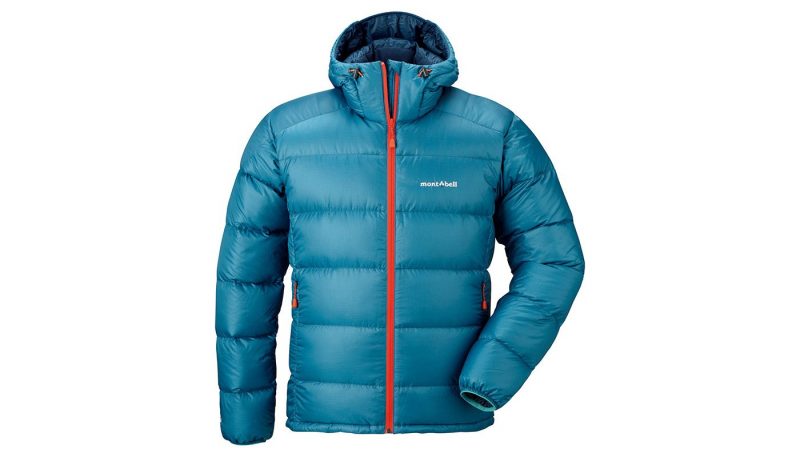

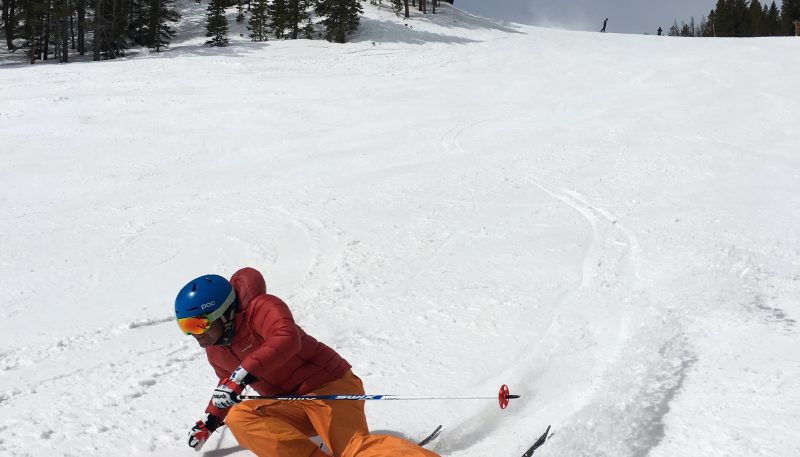













 85
85 The Good
- Warmth-to-weight ratio
- Packability
- Shell durability
- Wind resistance
The Bad
- Moisture handling
- Hood fit over helmet
- Exterior chest pocket zipper pull
Materials
Montbell aimed to balance take-anywhere portability with alpine-worthy warmth by combining 20-denier Ballistic nylon taffeta with 800-fill power EX Down.
Ballistic nylon is tougher than standard nylon shell fabric because of a heating and stretching process applied to the individual nylon strands. The result is a 1.5 times more abrasion-resistant exterior with three times the tear resistance than a non-ballistic option. The primary benefit is that the material maintains its original weight while offering the durability of a much higher denier fabric.
Montbell’s EX insulation is sourced from birds that thrive in regions with wide seasonal temperature variations, which the company claims produces fuller individual bundles of down. Instead of baffles, Montbell used a sewn-through construction tactic to hold the down in place.
Weatherproofness
One tester used the Alpine Light Down Parka for a season of ski coaching, claiming it held the wind at bay during significant stationary periods of race course supervision and preparation. In that respect, the tester said he’s never had another jacket beat the wind as well as the Alpine Light, “The wind was howling at the top of A Basin, and I felt nothing.” Another tester put the coat to use on a chilly backpack of California’s Lost Coast and found it performed admirably when up against damp marine layer fog.
While the shell boasts a standard DWR coating, as does the zipper, the down remains untreated, and when combined with the sewn-through construction, can shift to impact insulation when exposed to direct moisture.
Montbell markets the Alpine Light as a midlayer for cold climates, thus acknowledging its role as a traditional layered insulator, not stand-alone exterior protection.
Temperature Control
The Alpine Light Down Parka eschews pit zips or two-way zippers to focus on keeping people warm, which testers claimed it did as promised. The sewn-through construction means that the down is in held in place by stitches that are through the fabric, whereas baffles are between the shell and lining. The down stays securely where it should, but there is increased risk of a blown stitch and more cold spots. Baffle construction is also more expensive.
The high collar and adjustable hood sealed in heat around ski helmets and beanies, but did cause some goggle fogging and encouraged moisture build-up on facemasks as it tightened down along the cheekbones.
The pocket-mounted hem adjustment helped seal the waistline from updrafts and stayed in place during a few thigh-deep resort laps on Donner Summit. The large, fleece-lined pockets are nice when the gloves come off, and are placed against the vertical stitch intersection of the torso and side panels, allowing the hands to be embedded fully under the insulated core.
Fit/Comfort
The medium was a hair big on a tester at 5’9’’, 170 pounds, and slightly small on a 6-foot, 180-pound tester. However, both testers enjoyed its comfort, feel, and cooperation with other layers. The waistline moves when arms are stretched out, hanging just outside the hips, and the elastic cuffs grip the wrist nicely, but tend to fight larger gloves and mitten gauntlets. The jacket is ideally suited to be worn over light mid- and base-layers, and covered with a larger shell should things get wet.
Features
The Alpine Light Down Parka excels in its warmth-to-weight ratio, coming in at less than a pound—impressive for an 800 fill power down jacket. The hood cinches nicely with two external adjustment points and it isn’t too bulky. Testers had trouble with its fit over helmets. The coat’s selection of pockets, inside and out, provide room for headlamps, energy bars, or phones. The hemline drawcords are found in the pockets, and can be challenging to articulate with gloved hands.
The coat compresses nicely, even in a daypack, and the zippers never caught or split, unlike a number of other jackets in this test. There’s a swath of micro-fleece on the internal collar for added comfort, and the flexible brim along the hood rested nicely above goggles and sunglasses.
Guide, writer, Truckee local, pub trivia host, and inventor of TripTarp®, Craig Rowe is the Gear Institute's chief stove and insulated jacket tester.










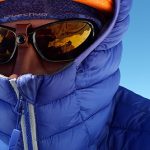

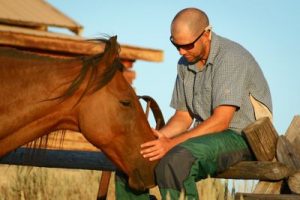
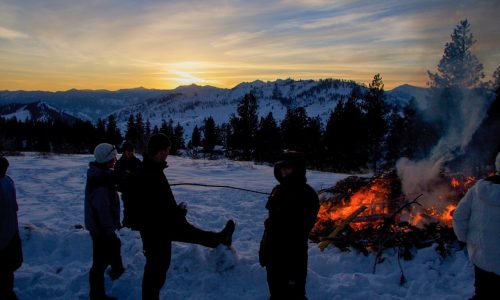
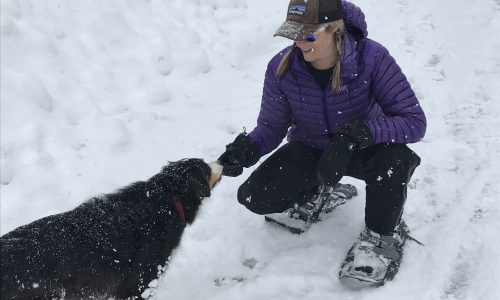
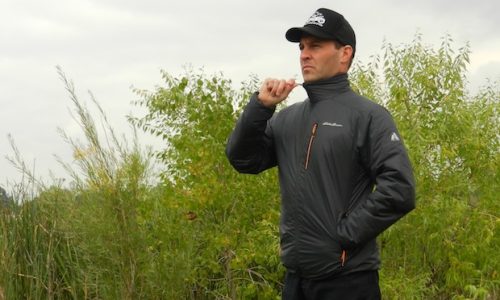
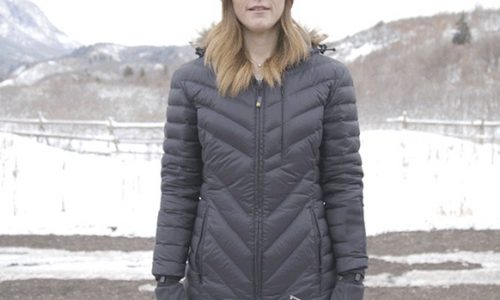
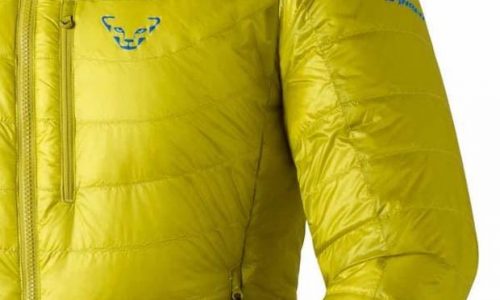
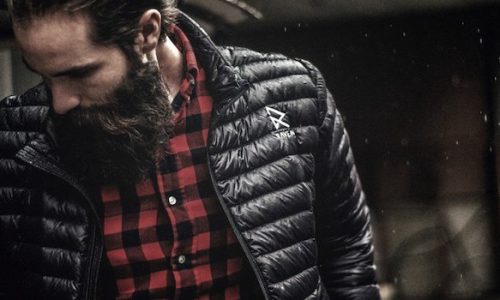
No reviews have been posted for this product.
Use this gear?
Join Gear Nation and leave a review!
Create an Account